Home>Articles>What Happens If You Build A Fence Without A Permit
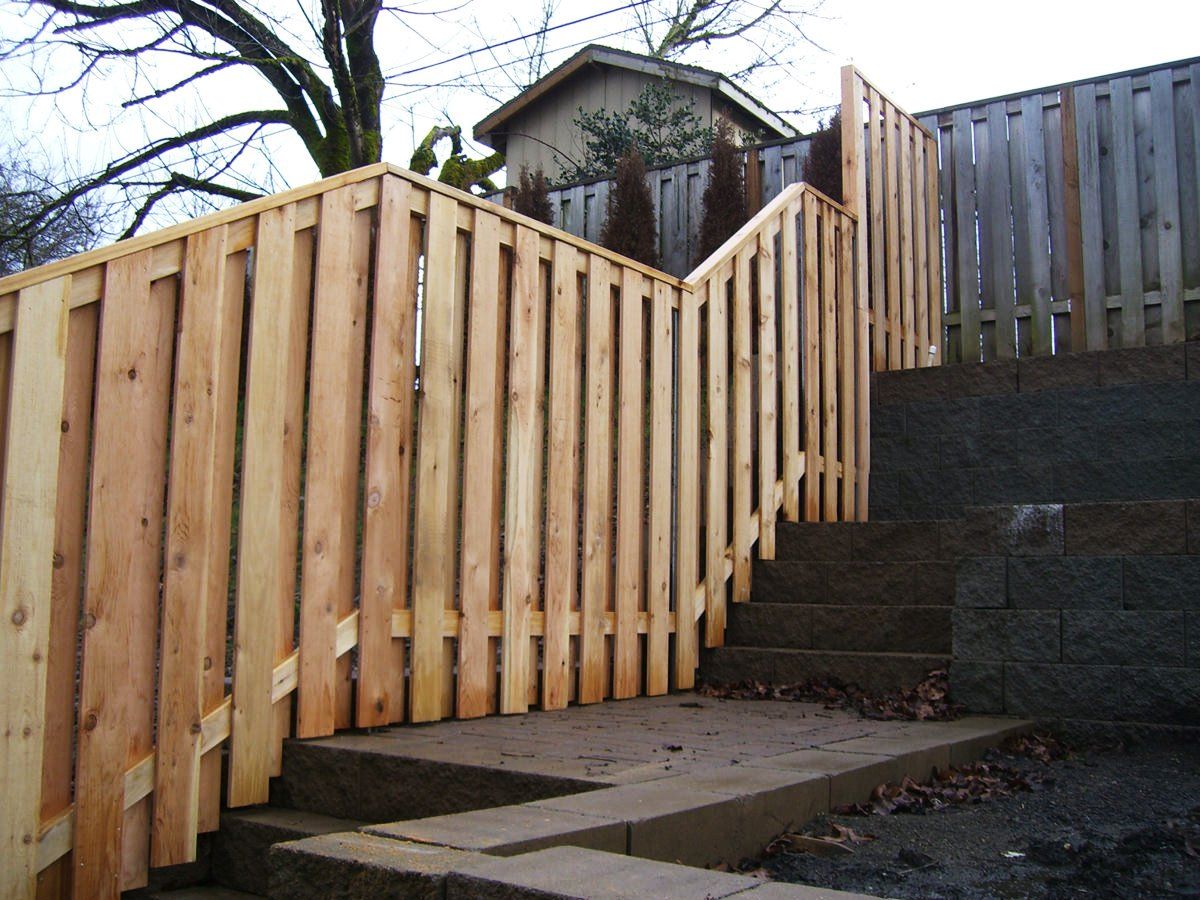

Articles
What Happens If You Build A Fence Without A Permit
Modified: August 27, 2024
Discover the consequences of building a fence without a permit in this informative article. Avoid legal troubles and fines with proper planning and permits.
(Many of the links in this article redirect to a specific reviewed product. Your purchase of these products through affiliate links helps to generate commission for Storables.com, at no extra cost. Learn more)
Introduction
Building a fence can provide numerous benefits, from enhancing the privacy and security of your property to adding aesthetic appeal. However, before you start any construction project, it is important to understand the legal requirements that may be involved. Building permits are a crucial aspect of ensuring that your construction projects comply with local regulations and ordinances.
In this article, we will explore what happens if you build a fence without a permit and the potential consequences that may arise. Understanding these implications can help you make informed decisions and avoid any legal issues that may arise from unauthorized construction.
So, let’s dive in and gain a deeper insight into the world of building permits and why they are essential when building a fence.
Key Takeaways:
- Building a fence without a permit can lead to fines, removal requirements, and property value issues. Research and follow permit requirements to avoid legal and financial consequences.
- Obtaining a building permit is crucial to ensure legal compliance, protect property value, and avoid potential challenges when building a fence. Consult professionals and follow the application process for peace of mind.
Understanding Building Permit Requirements
Before delving into the consequences of building a fence without a permit, it’s important to have a clear understanding of what a building permit entails and why it is necessary.
A building permit is an official document issued by the local government or building authority that grants legal permission to commence construction or renovation on a property. It serves as proof that the proposed construction project complies with safety codes, zoning regulations, and other requirements set forth by local authorities.
The purpose of building permits is to ensure that construction projects meet minimum safety standards, protect public health, maintain the integrity of the community, and adhere to land use regulations. By requiring permits, local governments can effectively regulate and manage development within their jurisdiction.
Local regulations and ordinances play a crucial role in determining the specific requirements for obtaining a building permit. These regulations can vary significantly from one jurisdiction to another, so it’s vital to consult the relevant authorities or local building department to familiarize yourself with the specific requirements in your area.
These regulations may include guidelines on fence height, setback requirements, materials that can be used, and even aesthetic considerations. Some areas may also have additional rules regarding fences in historic districts or conservation areas. Failure to comply with these regulations can result in penalties and, in some cases, the requirement to remove the unauthorized fence.
To ensure compliance with the local regulations, it is best to consult with professionals such as architects, contractors, or experienced fence installers who are well-versed in the specific requirements of your area.
Consequences of Building a Fence Without a Permit
Building a fence without obtaining the necessary permit can have serious legal consequences and result in various penalties. Ignoring the permit requirements may seem like a small oversight, but it can lead to significant problems down the line.
One of the primary legal implications of building a fence without a permit is that it violates local building codes and regulations. This can result in fines and penalties imposed by the local government. The severity of these penalties will depend on the specific jurisdiction, but they can range from a monetary fine to more serious legal action.
In addition to fines, you may also be liable for fees associated with retroactive permit applications. Some municipalities may charge higher fees for permits issued after construction has commenced without prior approval. These fees can vary widely, so it’s essential to consult with the local building department to understand the potential financial consequences.
Another potential consequence of building a fence without a permit is the requirement to remove the unauthorized structure. If your fence is discovered to be in violation of local regulations, you may be ordered to dismantle or modify it to bring it into compliance. This can be a costly and time-consuming process that could have been avoided by obtaining the appropriate permit before starting construction.
Moreover, it’s worth noting that the potential requirement to remove an unauthorized fence can disrupt the privacy and security that it was initially intended to provide. This can be particularly problematic if the fence has been in place for a substantial period, as it may have become an integral part of the property’s landscape and functionality.
To avoid these consequences, it is always advisable to research and follow the permit requirements before constructing a fence on your property. Taking the time and effort to comply with the necessary regulations will help you avoid legal issues, financial penalties, and the potential hassle of having to remove a fence that does not comply with the local guidelines.
Always check with your local building department before building a fence to see if a permit is required. Building without a permit can result in fines and having to remove the fence.
Challenges and Risks
Building a fence without obtaining the necessary permit can lead to a range of challenges and risks that can impact your property and finances. Let’s explore some of these potential consequences.
One of the significant challenges is the possibility of the unauthorized fence being discovered by local authorities or neighbors. Local building departments conduct routine inspections or respond to complaints, and if they uncover the unauthorized construction, it can lead to legal actions and penalties. Additionally, neighbors who are impacted by the fence may report the violation, resulting in further scrutiny.
Building a fence without a permit can also cause delays and complications when it comes to selling or refinancing your property. During the inspection process, it is not uncommon for discrepancies to be uncovered. If an unauthorized fence is discovered, the buyer or lender may require its removal or demand proof of compliance, which can delay the closing or financing process.
Furthermore, an unauthorized fence can have a negative impact on the property value. Prospective buyers may be concerned about the legality of the structure, leading them to negotiate a lower price or even shy away from purchasing altogether. Similarly, lenders may be hesitant to provide financing on a property that has unpermitted modifications, potentially limiting the pool of potential buyers.
Another challenge is the potential difficulty in obtaining insurance coverage for a property with an unauthorized fence. Insurance companies typically conduct inspections to assess risk and determine eligibility for coverage. If they discover any unpermitted structures, they may either refuse coverage or charge higher premiums due to the increased liability associated with such constructions.
It is essential to recognize that these challenges and risks can have significant financial and logistical implications. Therefore, it is crucial to be proactive and ensure compliance with permit requirements when building a fence to mitigate the potential negative consequences on your property and its value.
Applying for a Building Permit
Now that we have explored the potential consequences of building a fence without a permit, let’s discuss the steps involved in the permit application process and the necessary documentation and forms you will need to submit.
1. Research and Gather Information: Start by researching the specific building permit requirements in your local jurisdiction. This includes understanding the regulations and guidelines related to fence construction, such as height limitations, setback requirements, and material restrictions. Take note of any additional documentation or forms that may be required.
2. Prepare the Application: Once you have gathered the necessary information, it’s time to prepare the permit application. This typically involves completing a form provided by the local building department. The form will require details about the property, the proposed fence project, and any other relevant information. Be sure to fill out the application accurately and completely.
3. Submit Required Documentation: Along with the application form, you will need to submit supporting documentation. This may include a site plan or survey that shows the proposed fence location, dimensions, and setbacks. Additionally, you may need to provide detailed plans or drawings that illustrate the fence design and materials to be used. Make sure you include all the required documents to avoid any delays in the permit approval process.
4. Pay Fees: Building permits typically come with associated fees, which help cover the cost of processing the application and conducting inspections. The fees can vary depending on the scope and value of the construction project. Be prepared to pay the required fees when submitting your permit application. Keep in mind that there may be additional fees if you are applying for a retroactive permit after constructing the fence without prior approval.
5. Timeline and Review Process: After submitting the application and paying the fees, the local building department will review your permit request. The timeline for review can vary based on the workload and specific procedures of the department. Once approved, you will receive your building permit, which grants you the legal permission to proceed with the fence construction. It’s important to adhere to any conditions or requirements stated in the permit.
Remember, the process and requirements may differ depending on your location, so it’s crucial to contact your local building department for accurate information specific to your area. By following the proper steps and obtaining the necessary permit, you can ensure that your fence project is legally compliant and will not face potential issues down the line.
Conclusion
Building a fence without obtaining the necessary permit may seem like a tempting shortcut, but it can lead to significant consequences and challenges. Understanding the building permit requirements and obtaining the proper permits before commencing construction is essential to ensure compliance with local regulations and ordinances.
The consequences of building a fence without a permit can range from legal implications and fines to the potential requirement to remove the unauthorized structure. Violating the building codes can also lead to delays in selling or refinancing the property, potential damage to property value, and difficulty obtaining insurance coverage.
To avoid these consequences, it is crucial to research and understand the specific requirements for obtaining a building permit in your area. This includes familiarizing yourself with local regulations and ordinances related to fence construction, gathering the necessary documentation, and submitting a complete permit application. Paying the required fees and adhering to the approved permit conditions are also essential steps in the process.
By following these steps and obtaining the necessary permit, you can ensure that your fence construction project is legally compliant, minimize potential risks, and protect the value and integrity of your property. It’s always best to consult with professionals such as architects, contractors, or experienced fence installers who have a deep understanding of local regulations and can guide you through the permit application process.
Remember, taking the time to obtain the proper permits not only keeps you in compliance with local laws but also provides peace of mind, protects your investment, and ensures a smooth and hassle-free process for both you and your property.
Frequently Asked Questions about What Happens If You Build A Fence Without A Permit
Was this page helpful?
At Storables.com, we guarantee accurate and reliable information. Our content, validated by Expert Board Contributors, is crafted following stringent Editorial Policies. We're committed to providing you with well-researched, expert-backed insights for all your informational needs.

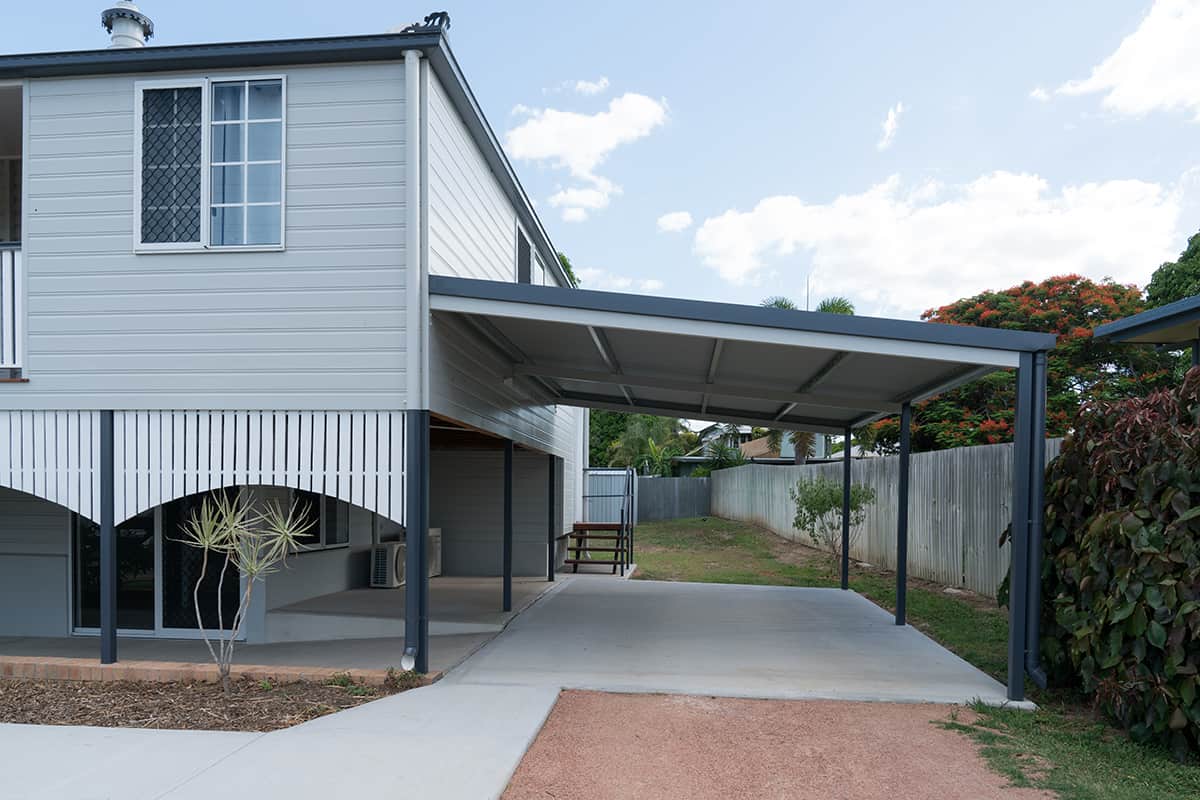
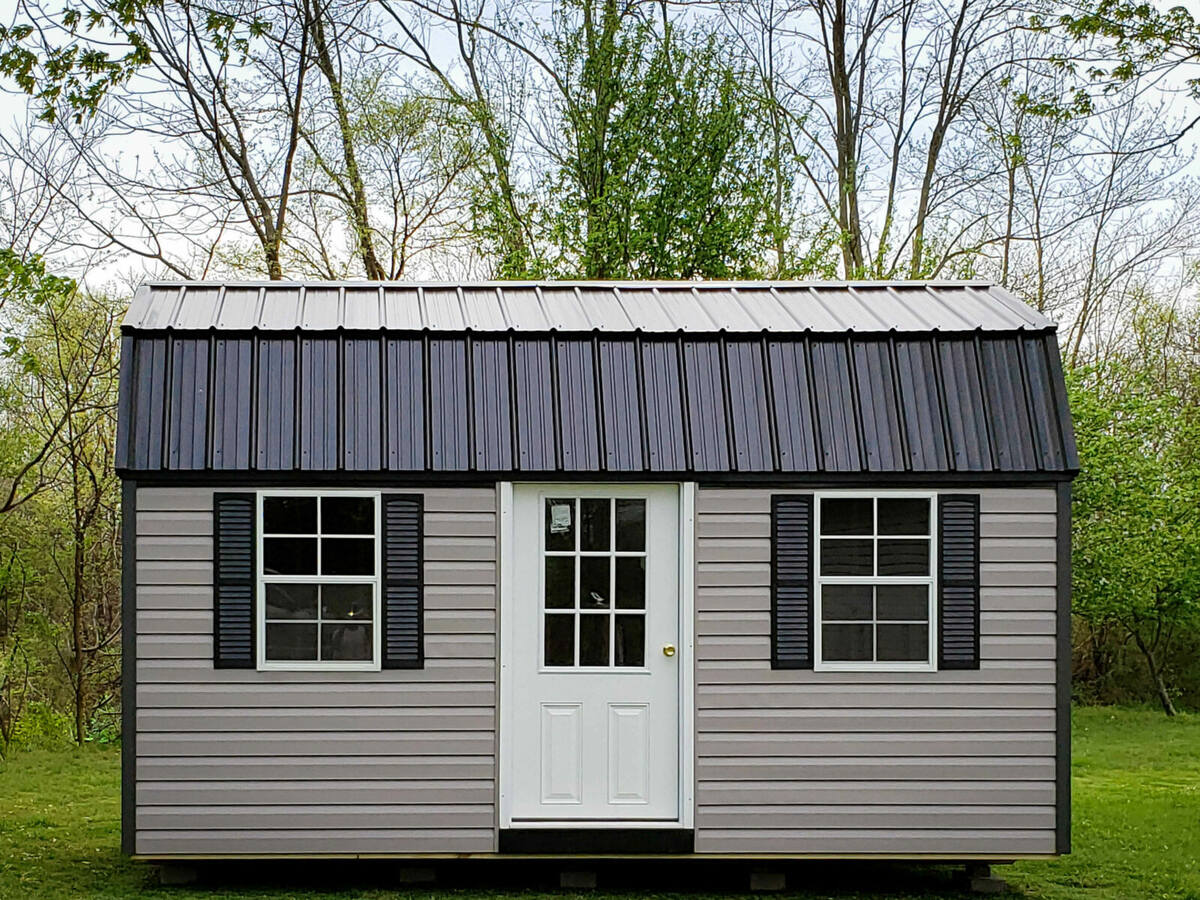
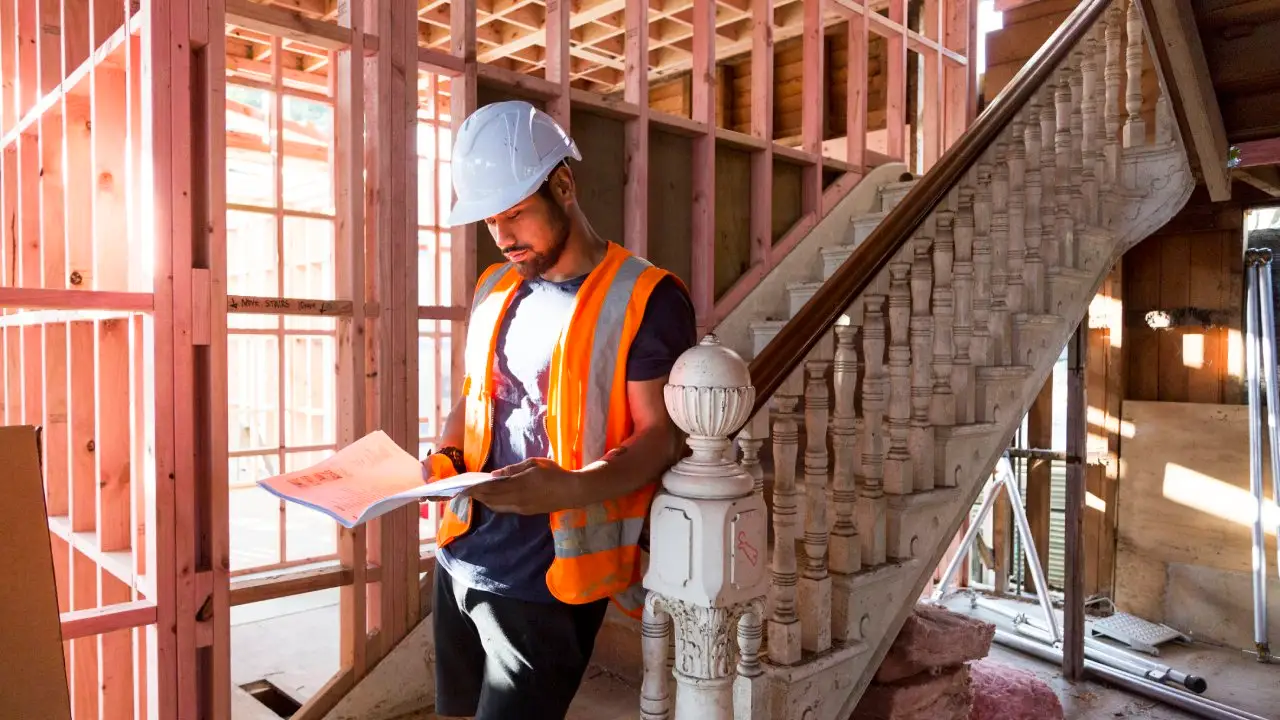
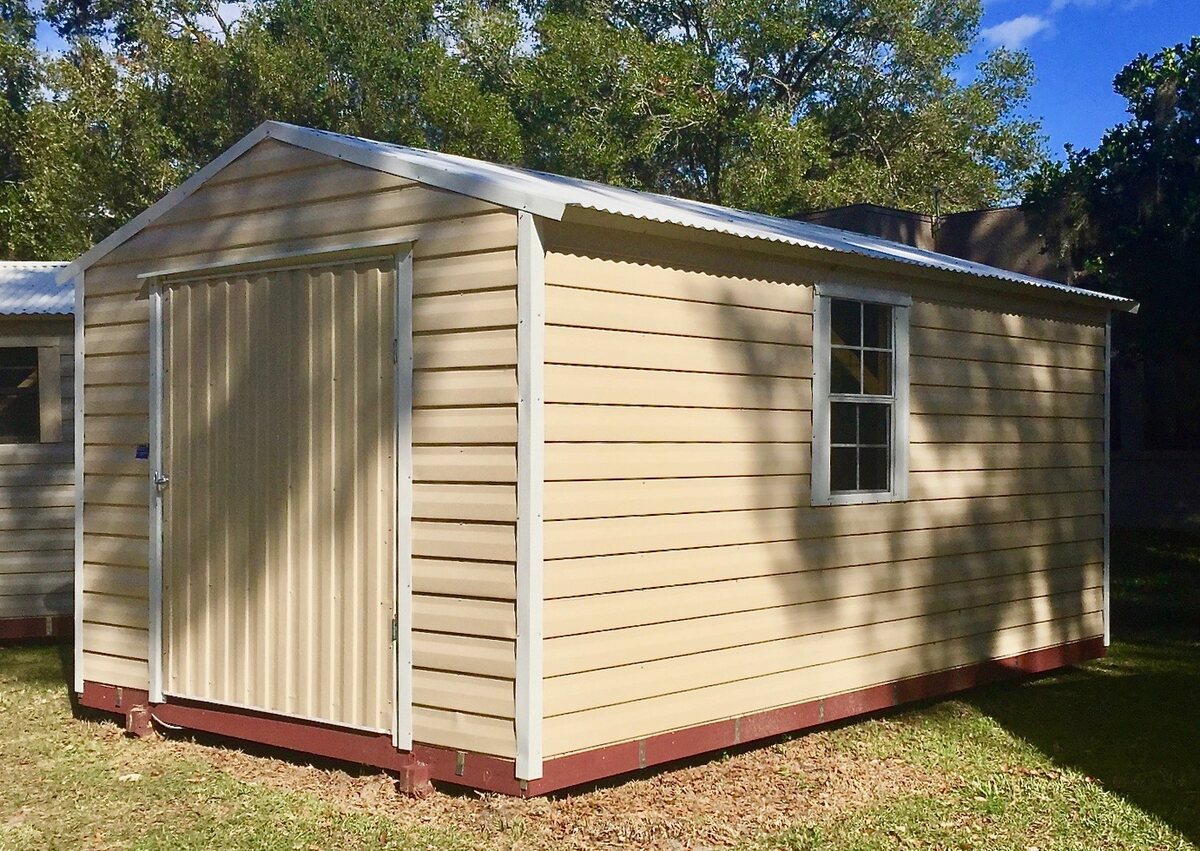
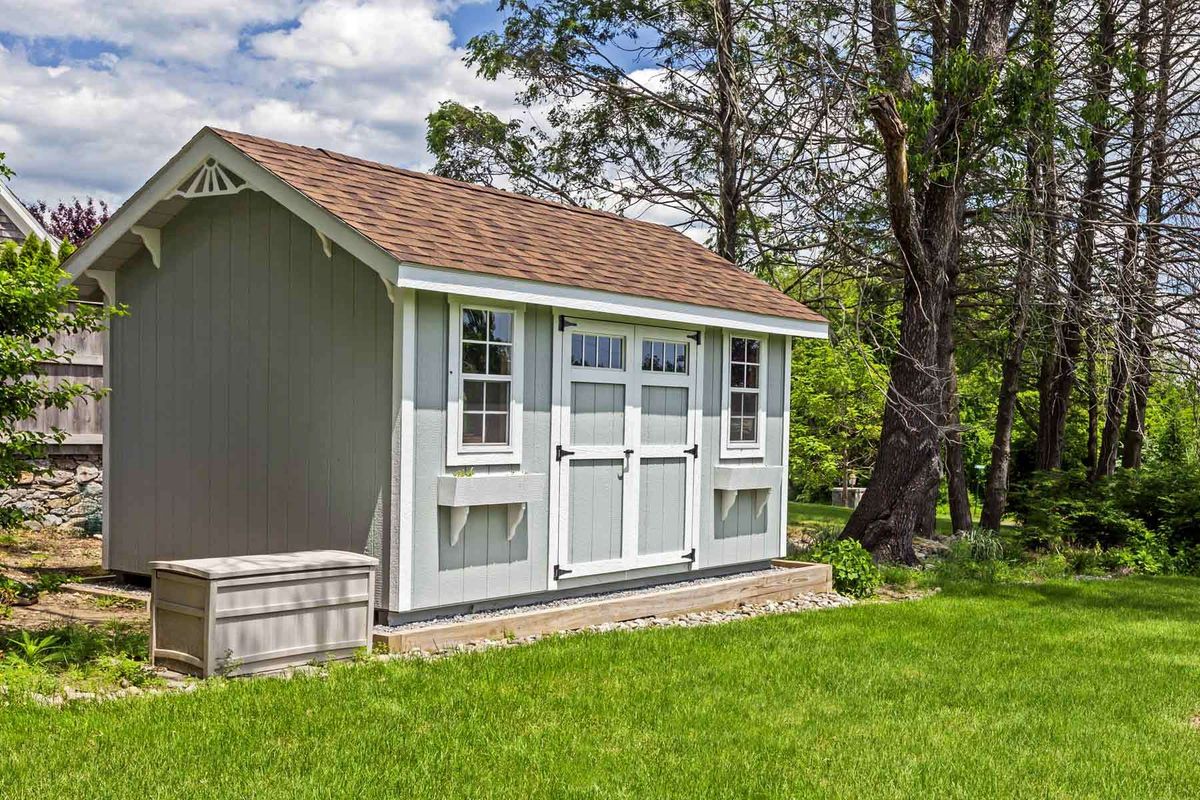

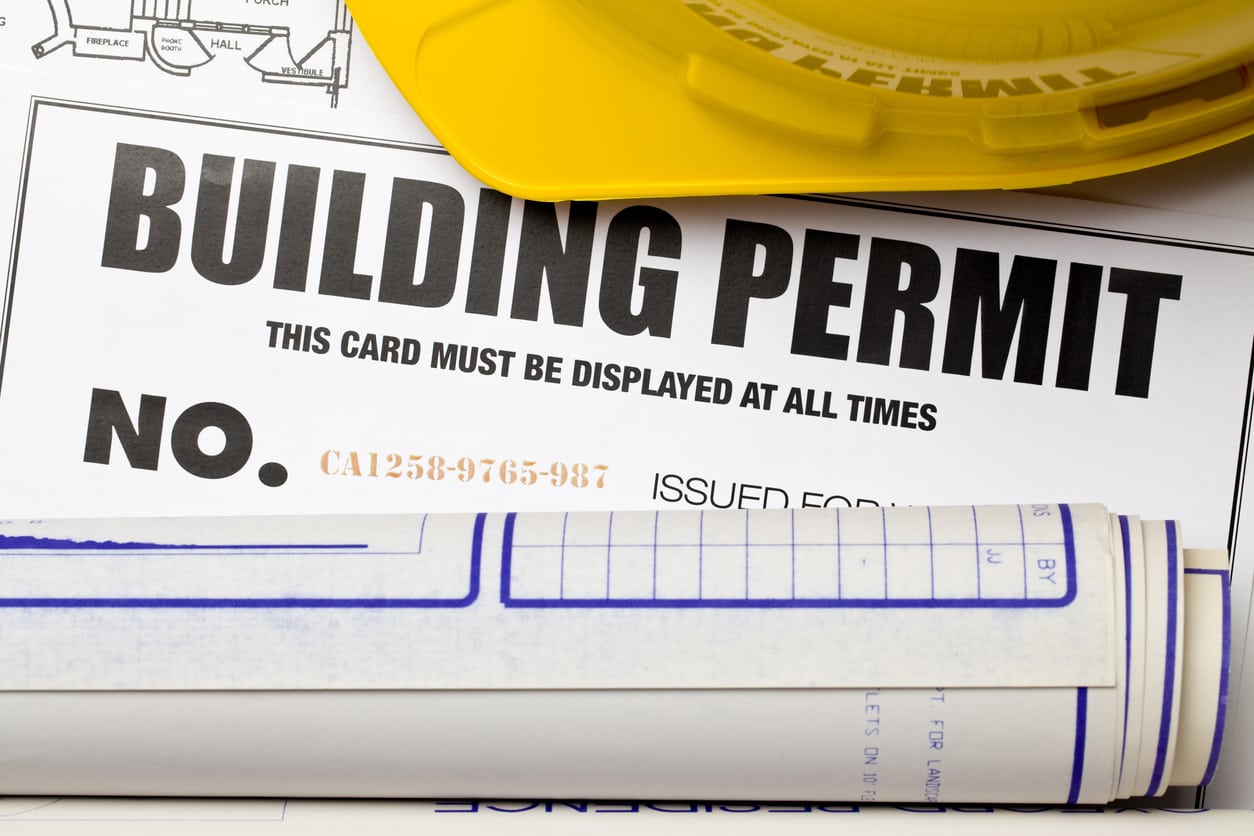
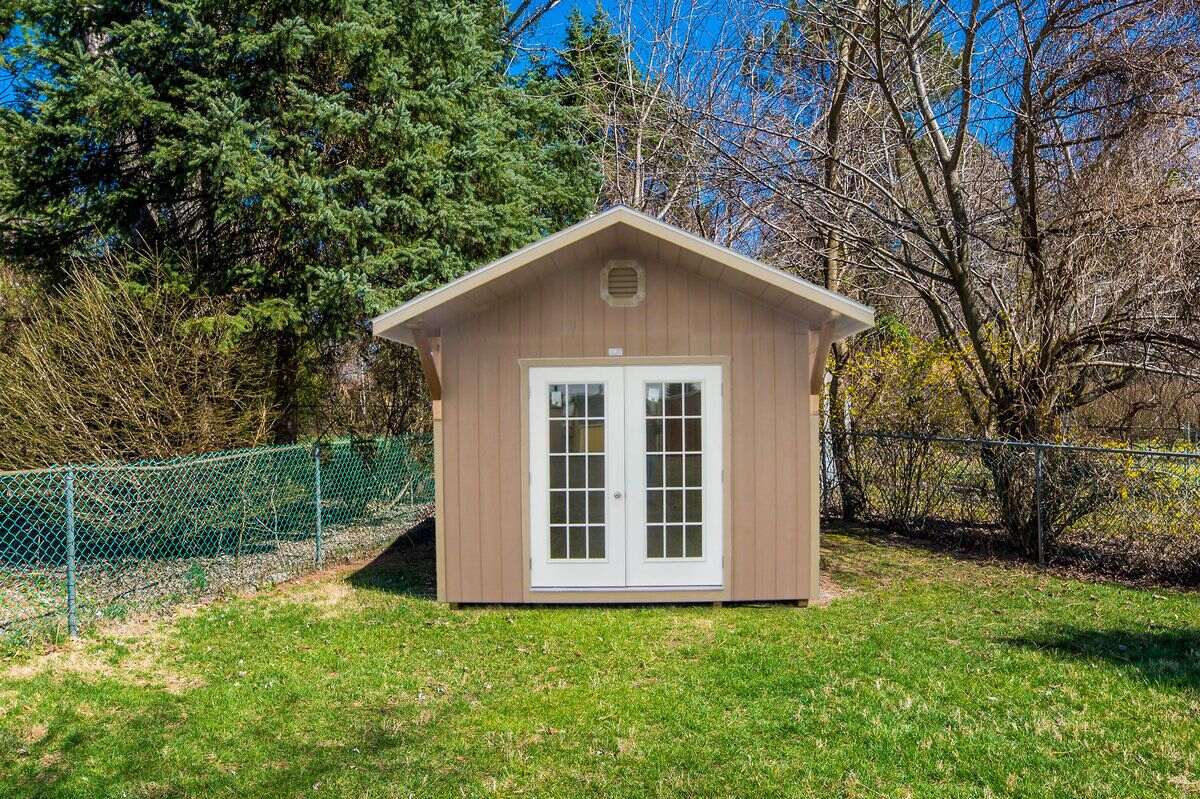
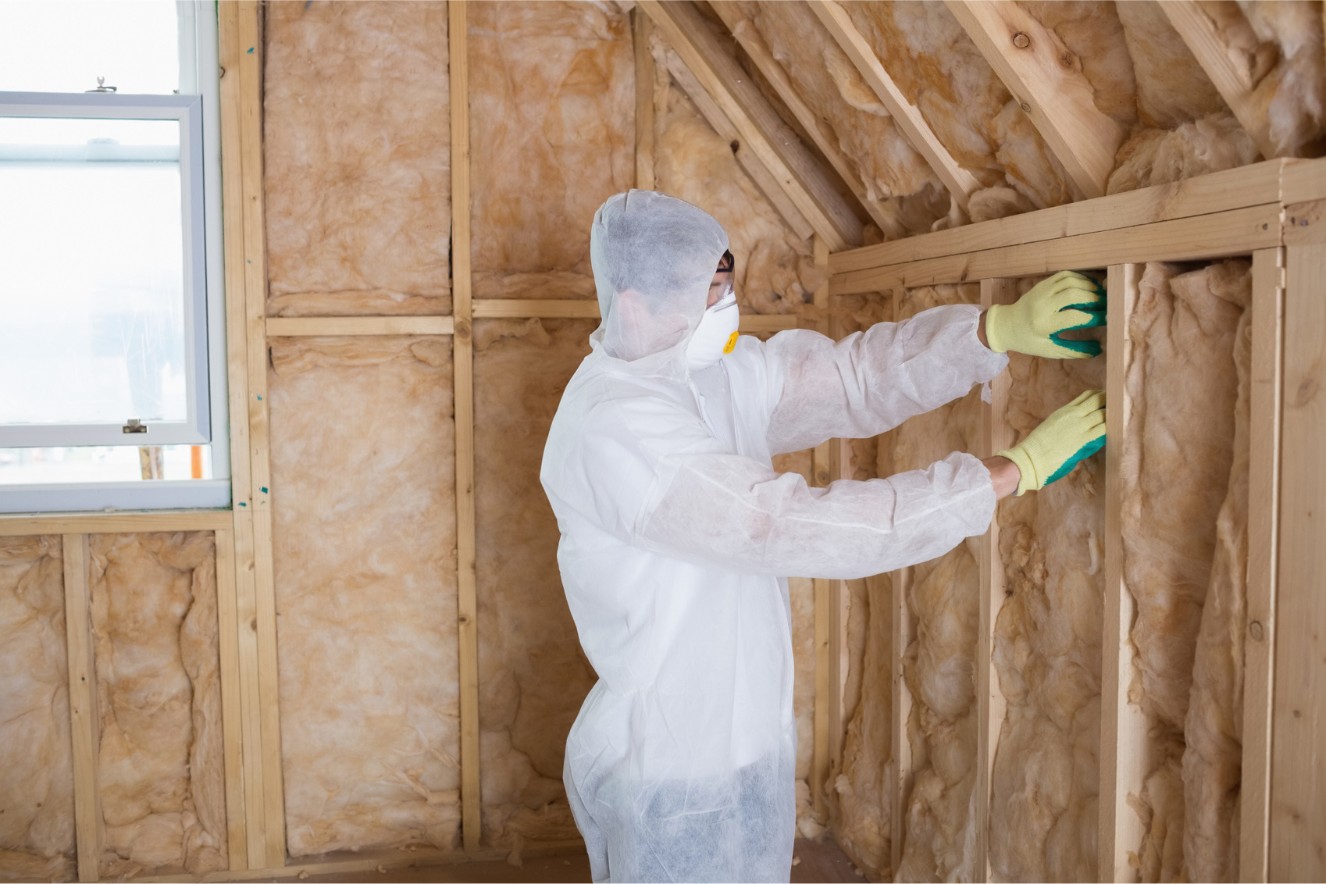


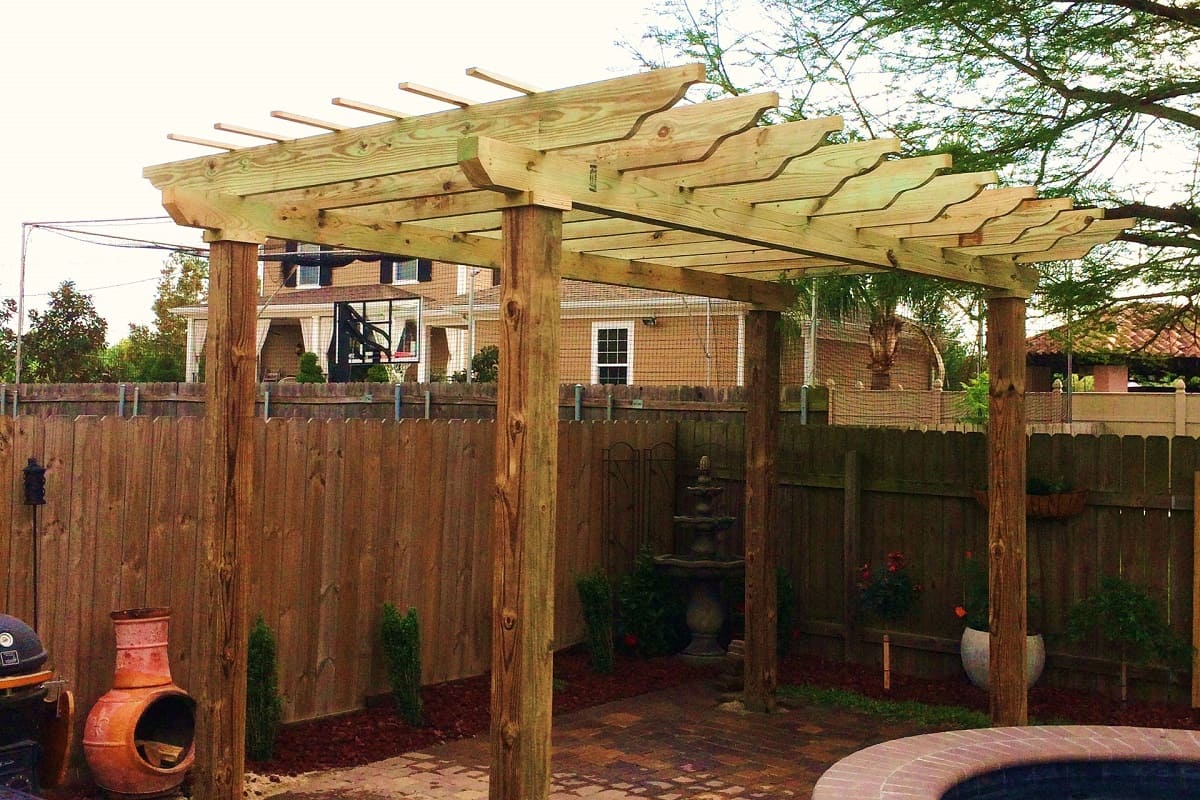


0 thoughts on “What Happens If You Build A Fence Without A Permit”